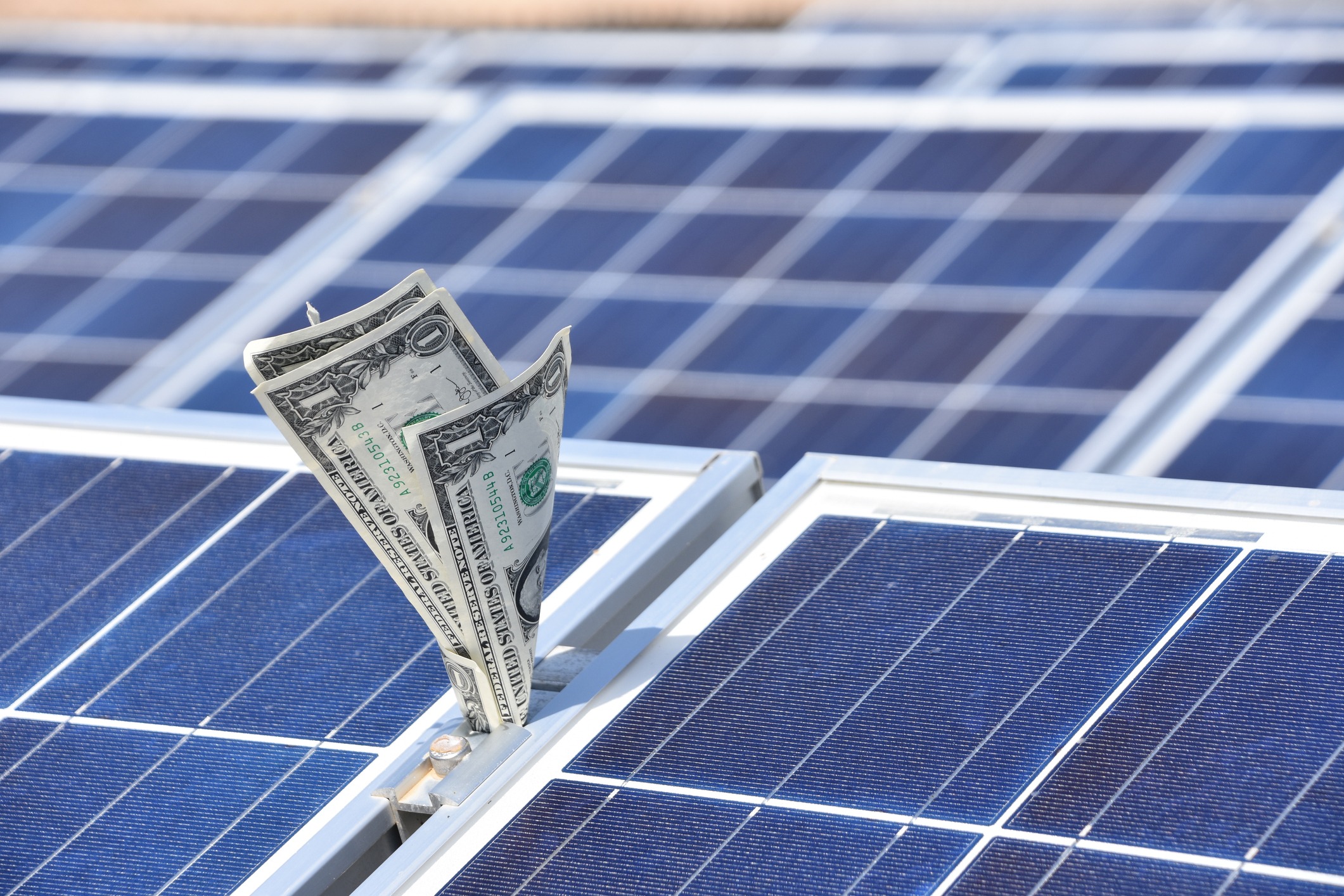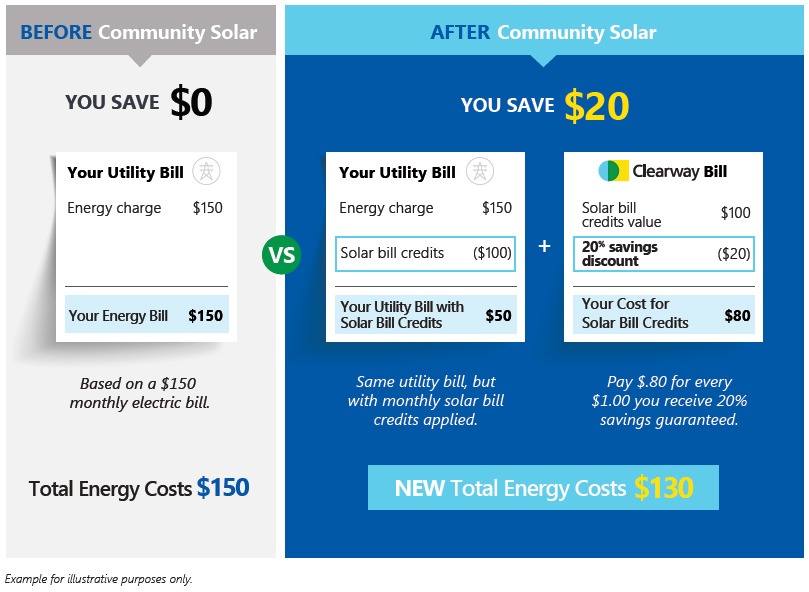What are ComEd’s Utility Rates?
See current and past ComEd utility rates to help you choose your Illinois electricity plan and reduce your power costs.
Looking for a renewable energy plan?
Guaranteed savings with Clearway – learn more about rates and joining a Clearway Community Solar farm. Free phone consultations.
Learn MoreCommonwealth Edison "ComEd" Utility Rates
Shopping for a new electricity plan in Illinois can be complicated when comparing the rates of Alternative Retail Electric Supplier (ARES) alongside their contract terms and conditions, including any other fees like base fees or cancellation charges. And for Illinois residents, the time to switch plans often comes around sooner than expected as contract expiration dates sneak up, often resulting in higher monthly variable rates. Of course, Illinois residents want to ensure the best rate to help their home save on energy costs.
When shopping, Illinois customers should firstly be aware of current Commonwealth Edison (“ComEd”) rates and then decide whether to choose an ARES or stick with their utility for power supply.
What are ComEd’s Utility Rates?
ComEd’s prices are updated every six months and will include the supply charge as well as a small transmission service charge, which is the charge for getting electricity from a generation source to the power lines themselves – both charges are ineligible for profit so there is no markup.
The ComEd supply rate most recently increased effective October 1, 2022 since the previous 6-month rate, but the Illinois Citizens Utility Board still states these prices are likely your best bet.
Current ComEd Rate
October 1, 2022 – May 31, 2023
9.765¢/kilowatt-hour (kWh)
Previous ComEd Rate
June 1, 2022 – September 30, 2022
11.049¢/kilowatt-hour (kWh)
ComEd historical rates have ranged from 5.073¢/kilowatt-hour (kWh) – 9.765¢/kilowatt-hour (kWh) from 2011 to date and averaged 7.4¢/kilowatt-hour (kWh).
How Should I Choose Between My Utility and an ARES?
ComEd, which services the majority of Northern Illinois customers, will always manage energy delivery charges, which are the utility charges for delivering power to customer’s homes. As such, your monthly Illinois electric bill will always come from ComEd, even if you choose to receive energy supply through an ARES, in which case energy supply charges will simply appear on the monthly ComEd bill as a line item charge from the ARES you’ve selected.
The supply charge on a monthly utility bill makes up the majority of costs and allows for consumer choice of energy supplier, thanks to deregulation in Illinois. The supply charge is the portion of electricity charges that consumers can shop for by comparing various ARES plans and rates with the utility rate. Notably, as mentioned above, ComEd is prohibited from profiting from energy supply charges. Instead, the supply charge is determined by the market and implemented without a markup. This is an important consideration that can impact energy costs, since ARES are not prohibited from profiting off their plans and rates. Keep this in mind when shopping for plans.
In fact, according to the Illinois Citizens Utility Board, “since 2015, Illinois consumers with alternative electricity suppliers have lost nearly $800 million.”

How to Switch to ComEd
Ready to switch to service From ComEd? Simply cancel your existing energy plan by contacting your energy supplier. You will automatically receive energy supply on ComEd’s default supply rate. To learn more, visit ComEd’s website.
Summary on ComEd Energy Plans and Saving on Costs
While ComEd’s rate may fluctuate every six-months, it has historically shown to be the lowest rate option for consumers. The rate fluctuations, as detailed above, stay within reason and typically out-perform ARES offers. Plus, by simply staying with ComEd, consumers can avoid the periodic switch cycle and hassles of shopping for plans, comparing rates, and examining all of the fine print.
Finally, by choosing ComEd, customers can still support locally produced renewable power and benefit from further savings to their supply costs with Community Solar options. When enrolling in Clearway’s Community Solar program there are no Green Premiums, and you are guaranteed savings. Illinois customers can join a solar farm to support solar generation for the local power grid, and in return receive solar bill credits directly on their ComEd bill that reduce their supply charges. Customers pay Clearway separately for the solar bill credits, with a guaranteed discount of 20%. For every $1.00 off the ComEd supply charges, a customer pays Clearway $0.80.
However, the Clearway savings guarantee is only available for customers on the utility default supply rate. In short, not only can you save by selecting ComEd as your supply service provider, but energy charges can be reduced even further with Clearway Community Solar’s savings guarantee.

Savings based on a guaranteed 20% discount on the value of the net metering credits generated by your allocation from the Community Solar system on the default supply service rate with the utility (ComEd or Ameren). Customers not on their utility default supply service rate may not receive the same savings or any savings. The impact of the solar bill credits on the utility charges can vary month to month due to seasonal variances affecting solar energy production. Actual savings may vary in the event the customer (i) cancels early, (ii) does not receive credits, or (iii) receives a reduced credit amount due to utility errors or delays. Clearway is not responsible for utility delays in applying solar bill credits. Refer to the community solar contract for agreement terms.






